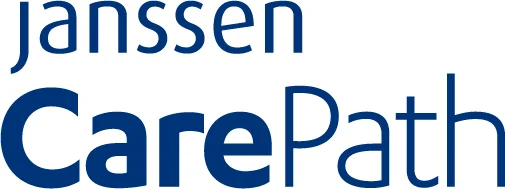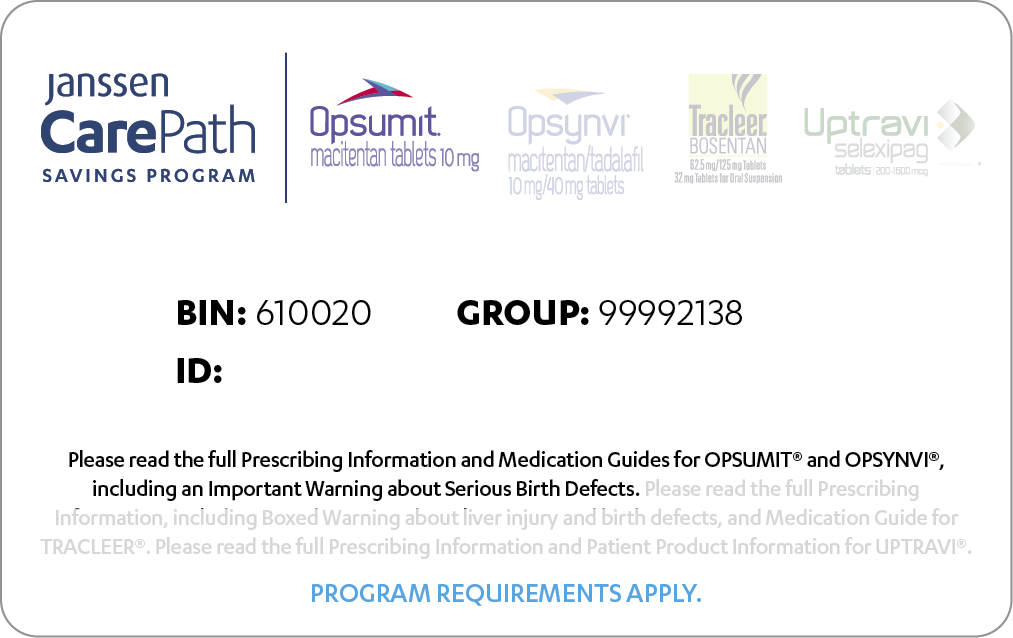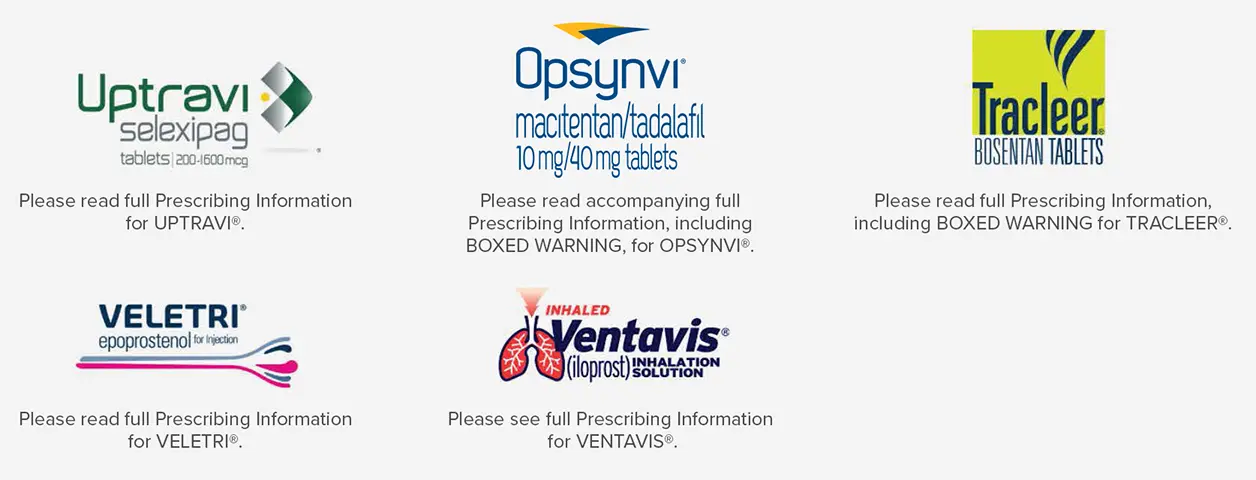Visit Janssen CarePath
Once You’ve Decided to Prescribe OPSUMIT® (macitentan)
Janssen Has the Demonstrated Expertise and Support Programs to Help Your Patients ACCESS, START, and STAY on Therapy
ACCESS to Therapy
Insurance can feel burdensome. Janssen can help you navigate the approval process.
When you enroll patients through Janssen CarePath:
- Janssen CarePath Care Coordinators will conduct a benefits investigation and help you navigate the approval process
- Patients will be able to enroll in Janssen-sponsored support programs
first-pass PA approval rate1
appeal approval rate1
formulary exception approval rate1
Our Therapy Access Managers (TAMs) are here to provide education and assistance throughout the payer approval and patient access processes to help your patients access, start, and stay on their prescribed Janssen PAH therapy.

If you have questions, call a Janssen CarePath Care Coordinator at 866-228-3546, Monday-Friday,
8:00 AM - 8:00 PM ET.
START on Therapy
Janssen believes that cost, coverage, and uncertainty shouldn’t stand in the way of patients and their medications.

Support for patients using commercial or private insurance to pay for medication
Janssen CarePath Oral PAH Savings Program can help eligible patients save on their out-of-pocket costs for OPSUMIT®.
Your eligible patients will pay $5 per prescription fill. Maximum program benefit per calendar year shall apply across all oral PAH therapies in the program. Not valid for patients using Medicare, Medicaid, or other government-funded programs to pay for their medications. Terms expire at the end of each calendar year. Offer subject to change or end without notice. Restrictions, including monthly maximums, may apply.
See program requirements at PAH.JanssenCarePathSavings.com

OPSUMIT® (macitentan) Voucher Program
A free 30-day trial offer is available for eligible patients to help them become familiar with OPSUMIT®. At the conclusion of the program, you and your patient decide whether to continue treatment.
Subject to one (1) use per lifetime for the first 30-day supply of OPSUMIT®. Terms expire at the end of each calendar year and may change. This Voucher Program is open to patients who have commercial insurance, government coverage, or no insurance coverage; however, there is no guarantee of continuous accessibility after the program ends.
Once a decision has been made to prescribe a Janssen PAH medication, Janssen CarePath can provide information about other resources that may be able to help your patients with their out-of-pocket medication costs. Visit JanssenCarePath.com for more information on affordability programs that may be available.
Janssen Patient Assistance Program
Patient assistance is available if your patient has commercial, employer-sponsored, or government coverage that does not fully meet their needs. Your patient may be eligible to receive their Janssen medication free of charge for up to one year if they meet the eligibility and income requirements for the Janssen Patient Assistance Program. See terms and conditions at PatientAssistanceInfoPH.com
Johnson & Johnson Patient Assistance Foundation, Inc. (JJPAF)
The Johnson & Johnson Patient Assistance Foundation, Inc. (JJPAF) is an independent, nonprofit organization. JJPAF gives eligible patients free prescription medicines donated by Johnson & Johnson companies. Patients may be eligible if they don’t have insurance.
Do you have patients who may need help? They can see if they are eligible and get an application at JJPAF.org or call 833-919-3510 (toll free) / 308-920-4358 (direct dial), Monday through Friday, 8:00 AM to 8:00 PM ET.
STAY on Therapy
We offer patients one-on-one educational support that may help them stay on their prescribed therapy longer2*

Once a decision has been made to prescribe a Janssen PAH medication, PAH Companion withMe† is a suite of patient support resources customized for your patients’ specific questions, needs, and interests. One-on-one educational conversations with a dedicated PAH Companion—coupled with access to current PAH tools and resources—help your patients take a more active role in their care. Learn more at PAHcompanion.com.
DID YOU KNOW?
Over 10,000 patients have engaged with a dedicated PAH Companion, and those who do are more likely to stay on therapy longer. Ninety-four percent of patients who have enrolled and engaged with a dedicated PAH Companion would recommend the program to others.2-4
A dedicated PAH Companion is ready to answer your patients’ questions and help them navigate their treatment experience. Patients who have enrolled can connect with their personal PAH Companion by calling 866-300-1818, Monday–Friday, 8:00 AM–9:00 PM ET.
PAH Companion withMe is limited to education for patients about their PAH therapy, its administration, and/or their disease, and is not intended to provide medical advice, replace a treatment plan from the patient’s doctor or nurse, or provide case management services.
*Based on 120-day persistency as of Q1 2023.
†PAH Companion withMe requires a completed patient authorization form to enroll.



